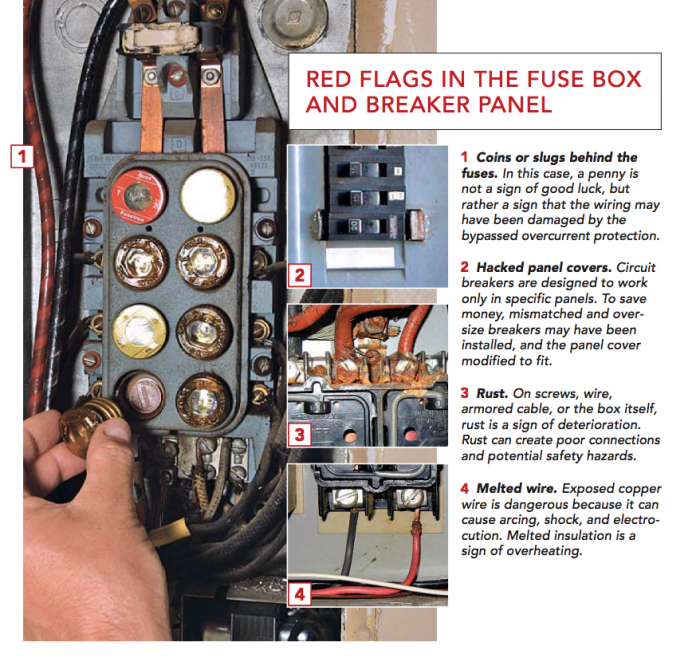Safeguard Home Against Wiring Hazards
Fortunately, there are some things you can do to keep wiring hazards in your home at bay. These tips may help keep you and your family safe, but only you can determine which steps you should take.

Aluminum wiring
During the 1960s and 1970s, aluminum wiring was the preferred choice for new homes. Today, aluminum wiring is still in use. However, aluminum wiring can be a fire hazard. To safeguard against aluminum wiring hazards, you should have a professional inspect your wiring for you.
Aluminum is malleable, so it expands and contracts as it is heated. This expansion and contraction can lead to loose connections that could eventually lead to a fire. If your home is wired with aluminum, you should have your electrical system checked at least once a year.
The first step in evaluating your aluminum wire system is to cut off all loose wires. The ends of the wires should be twisted tightly in a clockwise direction. If you do not have the tools necessary to do this, you may want to call in an electrician.
Aside from removing the aluminum wire, you should also inspect the connections. If you have any loose connections, you may want to consider replacing them. You could also add copper wire to reduce the heat.
You could also try using an AMP COPALUM connector. These connectors solve the performance and safety challenges associated with aluminum wiring. These are designed to connect short copper wires to aluminum wires.
You may want to consider having your aluminum wiring replaced by a professional. A new wire system can be more expensive than just repairing the existing system.
Ground-fault circuit interrupters
Having GFCI protection is essential to your safety. It protects you and other people against the risk of electrical shock, which is one of the most common electrical hazards.
GFCIs are devices designed to detect the imbalance between the amount of current flowing from the hot wire to the neutral wire. If there is a discrepancy, the device cuts the power to the outlet in about 1/40 of a second. This can prevent a lethal shock from occurring.
GFCIs are often installed in swimming pools, bathrooms, garages, and other locations where water is present. They are also recommended in kitchens, laundry rooms, and outdoor areas.
A ground fault is when electricity takes an unintended path to the ground. It may be due to improper wiring, worn-out wire insulation, or damaged appliances. It can also occur when a person is in contact with an energized part of the circuit and the ground. The current increases rapidly and may cause a severe shock.
GFCI protection is available in receptacles, special outlets, and portable plug-ins. It was first required in home applications by the 1971 National Electrical Code. GFCIs can also be installed at an electrical panel or breaker box.
GFCI protection reduces the risk of electrocution by more than 80 percent. It has been estimated that hundreds of Americans die every year from electrocution.
Lampshades
Besides being a cool and functional addition, lampshades can also provide some extra protection against wiring hazards in your home. They come in a variety of shapes and sizes to suit your needs.
The material used to make your shade should be safe, aesthetically pleasing, and functional. A lampshade with a hardback lining can add an extra layer of protection against lightbulbs.
The best materials for a lampshade are those that are made of natural fibers like cotton, linen, or wool. These materials will not melt or discolor with the heat of the light bulb.
The material used in the outer shell of the lamp may be more important than the actual shade itself. Some fabrics are designed to burn or melt when hot. Using a synthetic material like silk can discolor the iron heat.
It’s important to check the wattage of the bulb before you plug it in. Higher-wattage bulbs produce more heat than lower-wattage bulbs. This can make the room too hot for your liking.
Another important measure of a lampshade is its length. The length should be measured from the outside of the top rim on one side to the outside of the bottom rim on the other side.
In general, you should place your lamp on a level surface. It’s also a good idea to avoid placing it in a corner. If you’re not careful, a lamp can be knocked over easily.





